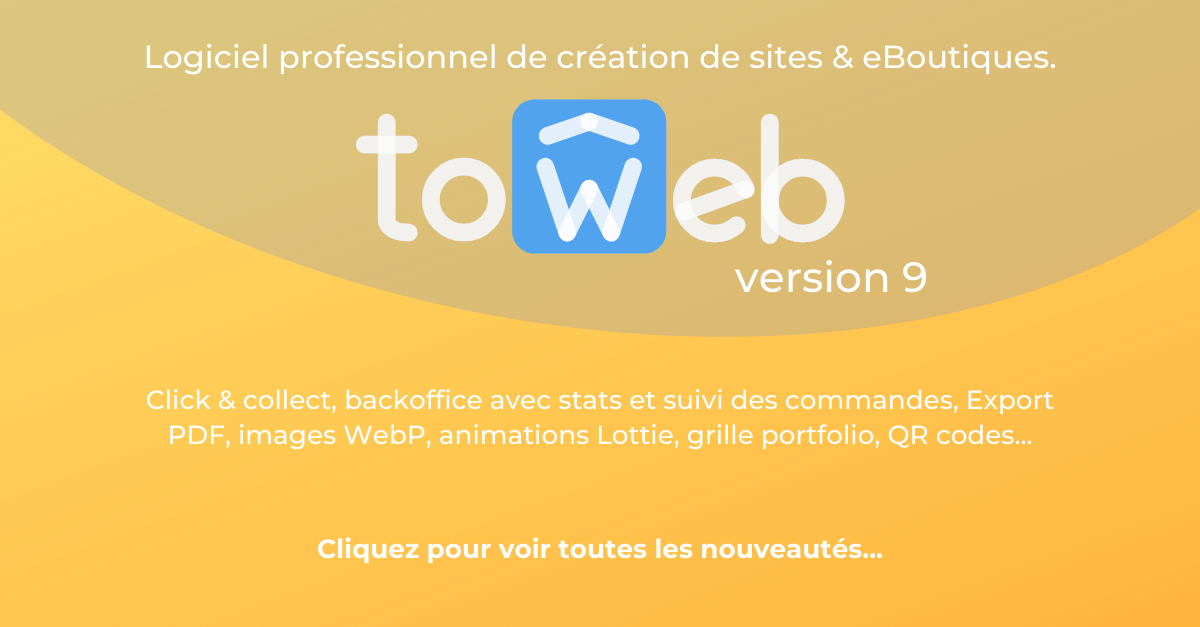

One way to tackle this important obstacle is to archive URLs permanently. Decay of URL contents would jeopardize the accuracy of the references and thus, the body of evidence. The trend of citing and decaying URLs are different in mainstream journals compared to small medical journals. URLs are increasingly cited, but their contents decay with time. The ratio of citation to URLs in the studied mainstream journals, as well as the ratio of URLs accessible were significantly (p<0.001) higher than the small medical journals. Accessibility to URLs decayed as the references got old (half life ranged from 2.2 years in EMHJ to 5.3 years in BMJ). Overall, the percentage of articles citing at least one URL has increased from 24% in 2006 to 48.5% in 2013. Since January 2006 onward, the number of citations to URLs increased in the journals (doubling time ranged from 4.2 years in EMHJ to 13.9 years in AIM). The references were checked to determine the frequency of citation to URLs as well as the rate of accessibility of the URLs cited.Ī total of 2822 articles was studied. References of all original articles and review articles published between January 2006 and June 2013 in three regional journals - Archives of Iranian Medicine (AIM), Eastern Mediterranean Health Journal (EMHJ), and Journal of Postgraduate Medical Institute (JPMI) - and two mainstream journals - The Lancet and British Medical Journal (BMJ) - were reviewed. To investigate the trend of citation to URLs in five general medical journals since January 2006 to June 2013 and to compare the trends in mainstream journals with small journals. However, the contents of the page of interest may change over the time. Note that maps of monitoring stations can also be found in the TNMN Yearbooks.Over the last decade, Web sites (URLs) have been increasingly cited in scientific articles. A “Safer” environment for people to live without the fear of floods.A “Healthier” home for aquatic animals and plants.In line with the EU Water Framework Directive (WFD), we seek to pursue three ‘pillars of action’ to improve the lives of citizens in the Danube River Basin (DRB): It is a unique artery through the heart of Europe, connecting East to West and Black Forest to Black Sea, and strengthening an often-overlooked shared cultural heritage for millions of Europeans.Ī wide variety of information can be visualised in an easily consumable manner in map form.Īs a tool for the ICPDR and its stakeholders, maps are immutably valuable assets that quickly highlight the transboundary nature of Danube concerns.
TOWEB VERSION 5.28 FULL
The main river, the Danube, flows through ten countries while the full basin including its tributaries covers nine more, making the Danube the most international river in the world. The Danube River Basin covers 10% of Continental Europe and is home to over 80 million people speaking 17 official languages. This page is dedicated to maps produced by the ICPDR. Danube River Basin Management Plan (DRBMP) 2009.Danube Flood Risk Management Plan (DFRMP) 2015.Danube River Basin Management Plan (DRBMP) 2015.Danube Flood Risk Management Plan (DFRMP) 2021.Danube River Basin Management Plan (DRBMP) 2021.From Convention to Action: 25 Years of the ICPDR.2018 Interim Report on the Implementation of the Joint Programme of Measures in the Danube River Basin.JS Meetings: Minutes & Background Documents.Joint Statement: Navigation & Environment.Implementation of the EU Floods Directive.


 0 kommentar(er)
0 kommentar(er)
